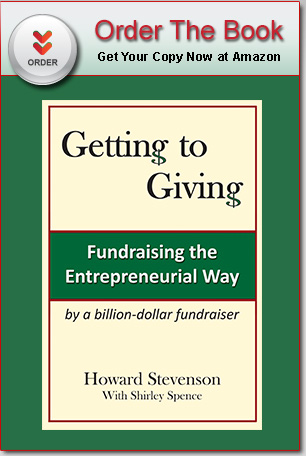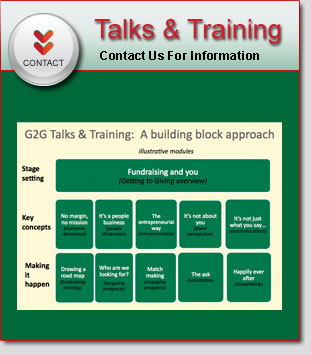We received a lot of great questions during our first G2G webinar. Here are three that Howard answers in detail. How can you avoid leaving too much money on the table by letting the donor decide the amount? Development managers say don’t list donors by name because they’re afraid of poaching. I say publish rather than hide. Who’s right? How can I not come across as a salesperson? Read More



